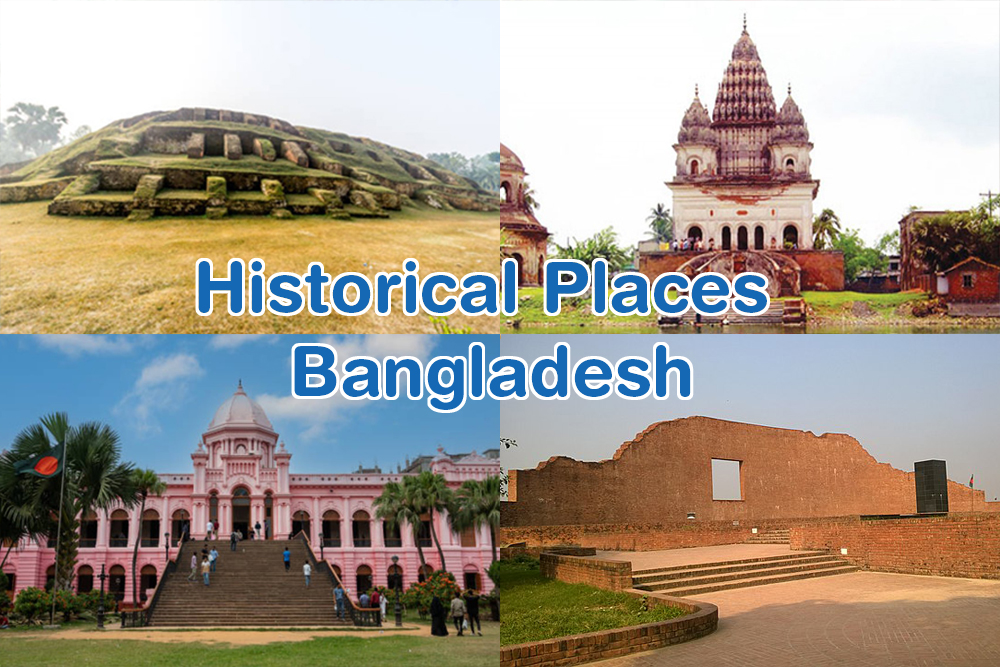Bangladesh has a lot of historical places that shows how cool its culture and history are. From ancient archaeological sites to majestic Mughal monuments and colonial-era landmarks, Bangladesh is home to a wealth of historical treasures. These sites not only chronicle the nation’s journey through the ages but also serve as symbols of resilience, creativity, and identity.
Preserving and celebrating these historical places is paramount, as they offer invaluable insights into Bangladesh’s history, architecture, and socio-cultural evolution. By safeguarding these sites, we not only honor the achievements of our ancestors but also provide future generations with a tangible connection to their heritage.
In this article, we embark on a journey to explore some of Bangladesh’s most significant historical sites. From the ancient ruins of Paharpur to the colonial charm of Old Dhaka, each destination offers a glimpse into the rich tapestry of Bangladesh’s past, inviting travelers to delve deeper into the country’s fascinating history.
Table of Contents
Ancient Capitals and Citadel
Paharpur:
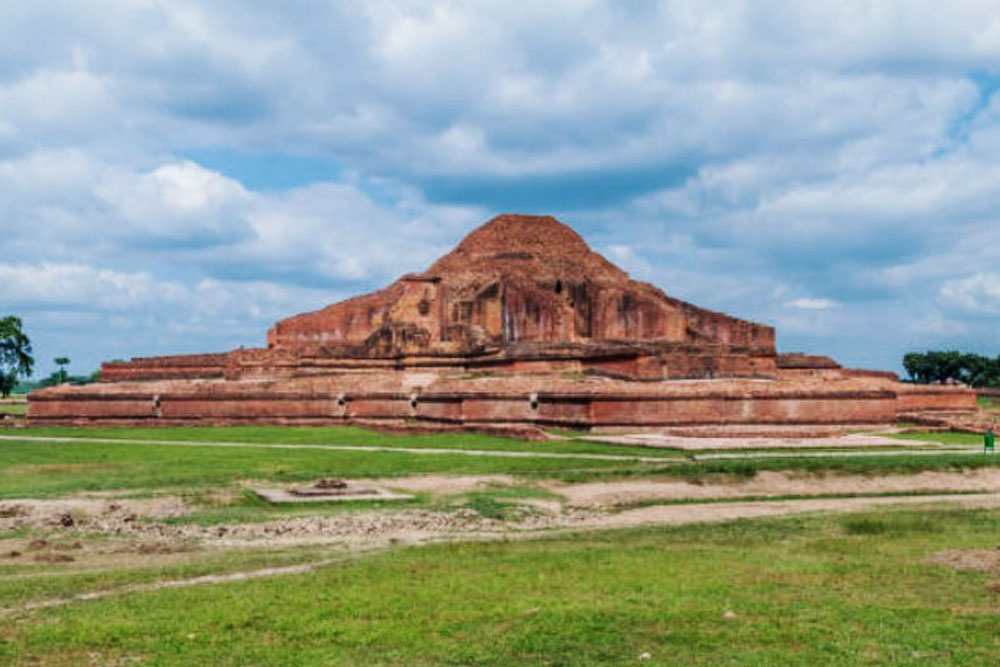
Paharpur a historical places in Bangladesh, situated in the northwestern part of Bangladesh, boasts the remains of an ancient Buddhist monastery dating back to the 8th century. This archaeological site, also known as Somapura Mahavihara, was once a renowned center of learning and pilgrimage for Buddhist monks. The main structure, a large quadrangular temple with 177 cells for monks, stands as a testament to the architectural prowess of the era. Intricate terracotta plaques and sculptures adorn the walls, depicting scenes from Buddhist mythology and daily life. Paharpur’s significance lies not only in its architectural grandeur but also in its role as a hub for intellectual and spiritual pursuits. Designated as a UNESCO World Heritage Site in 1985, Paharpur continues to attract scholars, historians, and tourists alike, offering a glimpse into Bangladesh’s rich cultural and religious heritage.
Mahasthangarh:
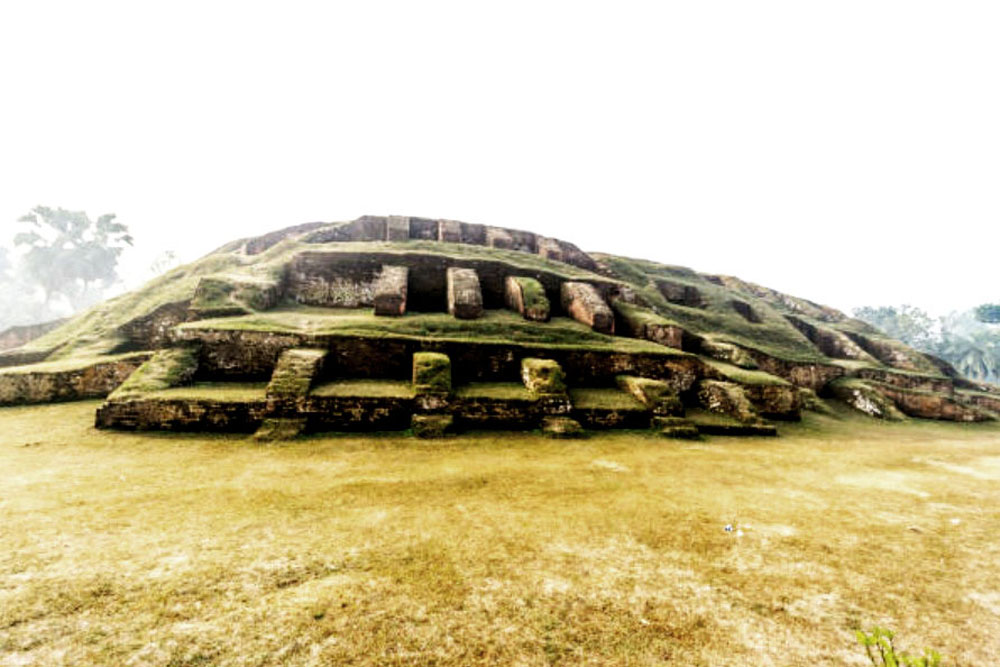
Nestled in the Bogura district of northern Bangladesh, Mahasthangarh is a treasure trove of ancient history, a historical places in Bangladesh. Believed to be one of the oldest urban archaeological sites in the region, Mahasthangarh dates back to the 3rd century BCE. The site boasts the remains of a fortified citadel, ancient ruins, and artifacts that provide insights into the region’s rich past. Archaeological excavations have revealed evidence of urban planning, structures, and artifacts from various periods, including the Maurya, Gupta, and Pala dynasties. Visitors can explore the site’s defensive walls, gates, temples, and ancient relics, offering a glimpse into the vibrant civilization that once thrived here. Mahasthangarh’s historical significance and cultural heritage make it a captivating destination for history enthusiasts and archaeology aficionados alike.
Sonargaon:
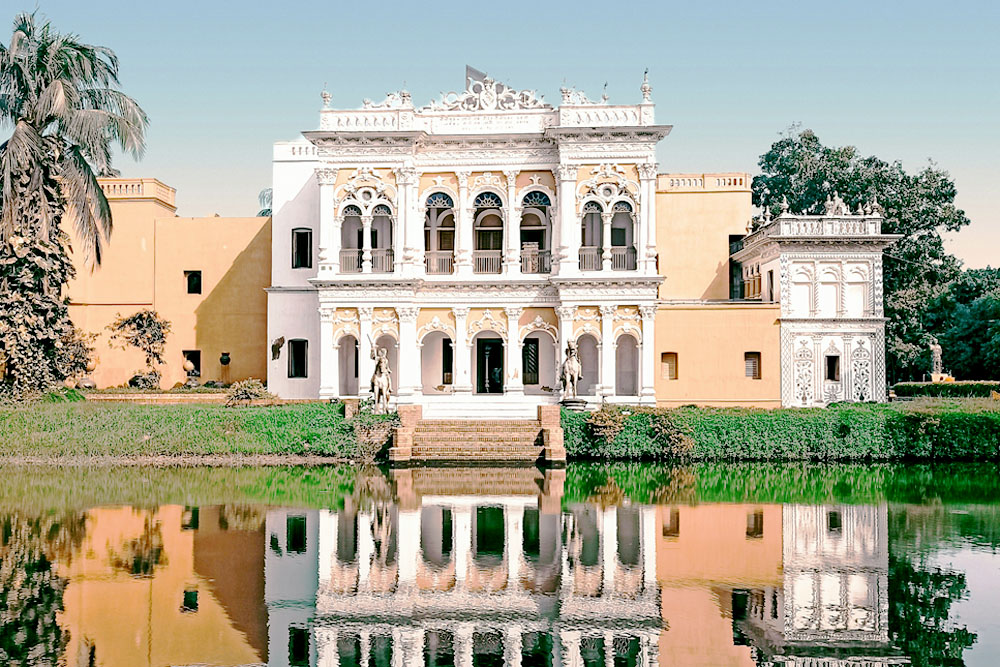
Sonargaon, situated in the Narayanganj district of central Bangladesh, is a historic town steeped in cultural significance. Once serving as the capital of the ancient Bengal region, Sonargaon flourished under various rulers, including the Sultanate and Mughal empires. The town is renowned for its architectural marvels, including the magnificent Panam City, a collection of beautifully preserved colonial-era buildings. Visitors can explore the intricate terracotta artwork adorning these structures, reflecting the region’s rich heritage. Additionally, Sonargaon is home to the Folk Arts and Crafts Museum, showcasing traditional Bengali arts, crafts, and artifacts. With its vibrant history, architectural splendor, and cultural attractions, Sonargaon offers a captivating journey through Bangladesh’s past and present, making it a must-visit destination for history enthusiasts and cultural travelers.
Mughal Heritage
Lalbagh Fort:
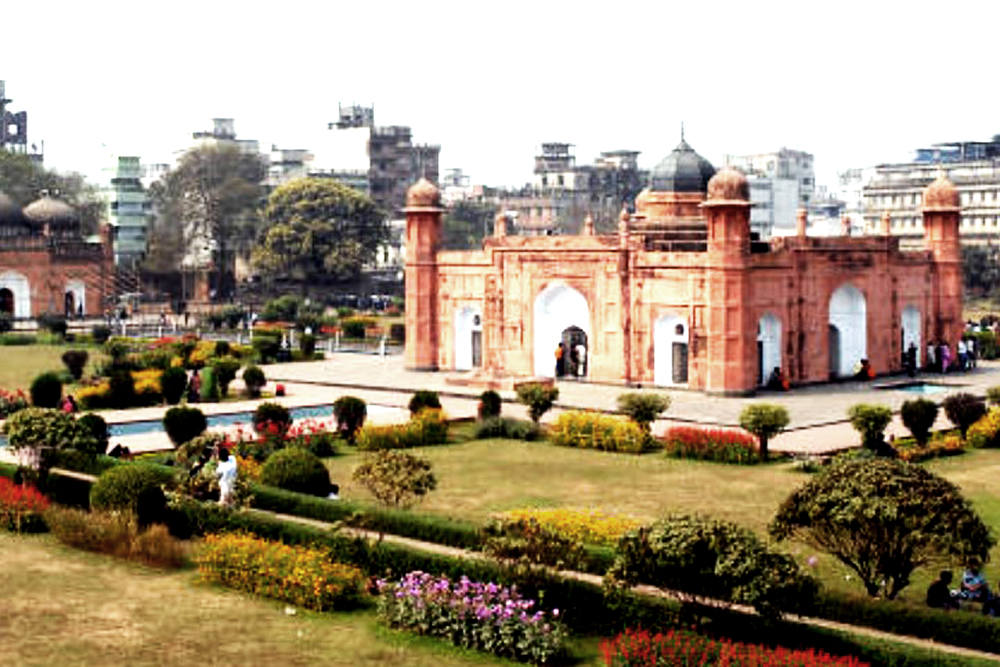
Lalbagh Fort, located in the heart of Old Dhaka, Bangladesh, is a majestic historical monument that bears witness to the Mughal era’s architectural grandeur. Commissioned by Prince Muhammad Azam, son of Emperor Aurangzeb, in 1678, the fort remains an unfinished masterpiece. Its notable features include the iconic Diwan-i-Aam (Hall of Audience), the mausoleum of Pari Bibi, and the commanding Lalbagh Mosque. Despite its incomplete state, Lalbagh Fort exudes a sense of grandeur and charm, attracting tourists and history enthusiasts alike. The fort’s strategic location along the Buriganga River and its blend of Mughal and Bengali architectural styles make it a significant cultural landmark in Bangladesh, offering visitors a glimpse into the country’s rich history and heritage.
Ahsan Manzil:
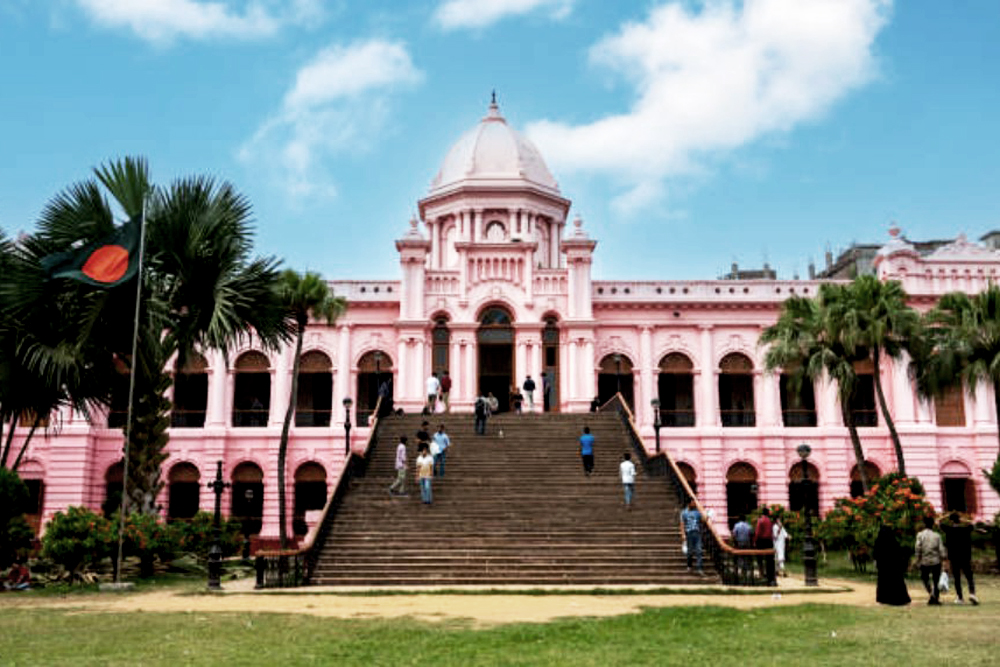
Ahsan Manzil, situated in the heart of Old Dhaka, Bangladesh, is a symbol of the city’s rich architectural heritage. Constructed in the 19th century, this majestic pink palace served as the official residence of the Nawabs of Dhaka. Its distinctive blend of Indo-Saracenic and European architectural styles makes it a unique landmark. Ahsan Manzil houses a museum showcasing artifacts, paintings, and furniture from the Nawabi era, providing visitors with insights into the lifestyle and cultural legacy of the time. Set amidst lush gardens and overlooking the Buriganga River, Ahsan Manzil offers a serene retreat in the bustling city. Its historical significance, architectural beauty, and cultural importance make it a must-visit destination for tourists and history enthusiasts alike.
Sixty Dome Mosque:
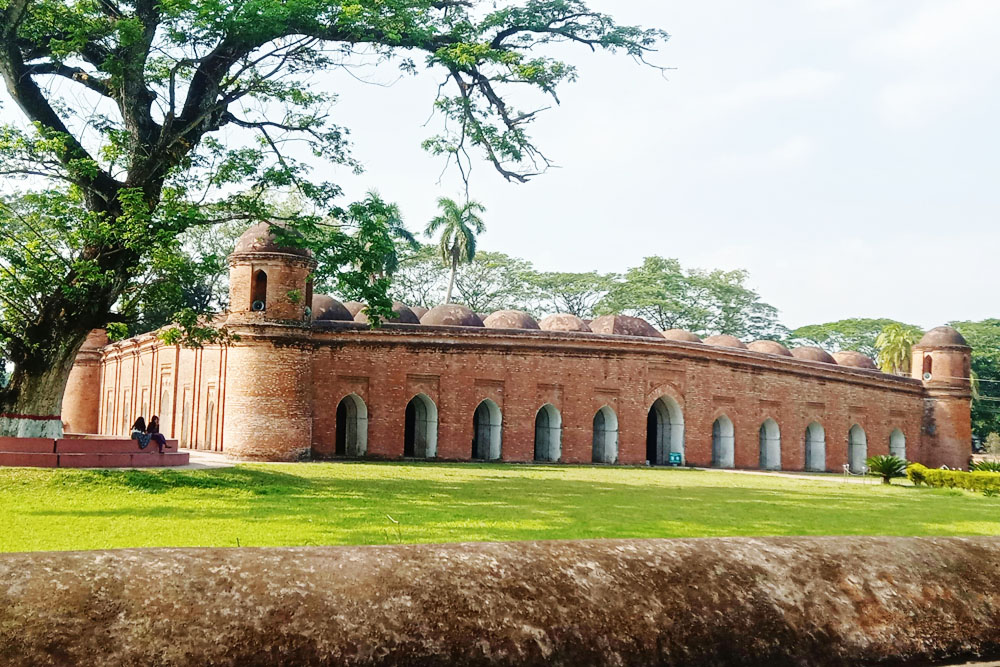
The Sixty Dome Mosque, also known as Shait Gumbad Mosque or Shat Gambuj Mosque, is a stunning architectural marvel located in Bagerhat, Bangladesh. Constructed during the 15th century by the Muslim saint Khan Jahan Ali, this UNESCO World Heritage Site stands as a testament to the region’s rich history and architectural ingenuity. Despite its name, the mosque actually has 77 domes, making it one of the largest historical mosques in Bangladesh.
Its unique design features sixty stone pillars that support the impressive domes, creating a mesmerizing visual spectacle. The mosque’s terracotta ornamentation, intricate brickwork, and elegant archways showcase the skilled craftsmanship of the period. Set against the backdrop of lush greenery, the Sixty Dome Mosque offers visitors a serene and awe-inspiring experience. As a significant cultural and historical landmark, it attracts tourists, scholars, and architecture enthusiasts from around the world, offering a glimpse into the architectural brilliance of medieval Bengal.
Colonial Legacy
Dhaka Cantonment:
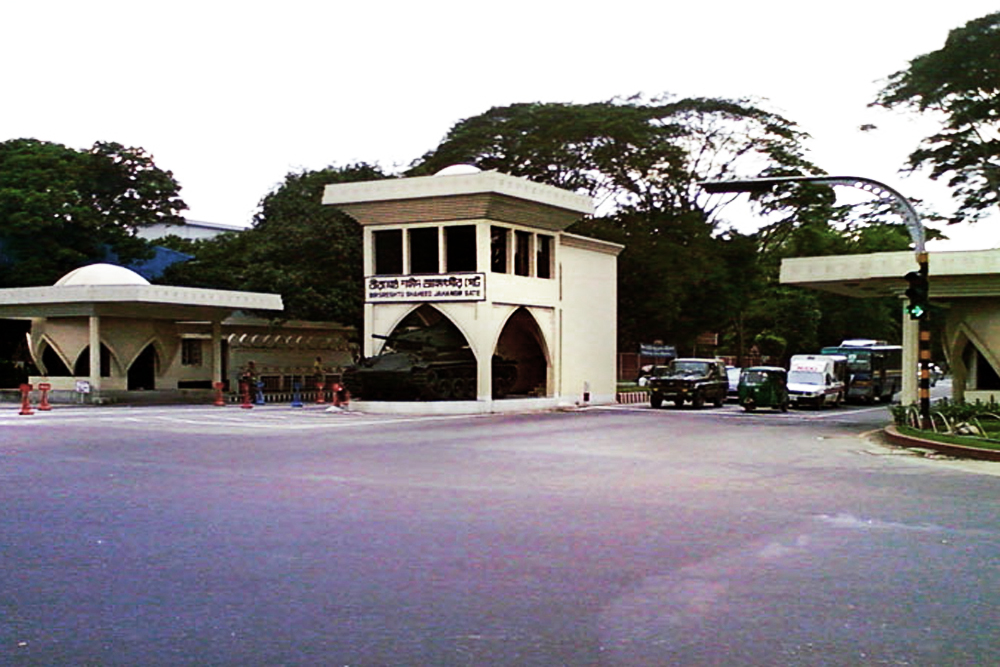
Dhaka Cantonment is a prominent military installation located in the capital city of Bangladesh, Dhaka. Established during the British colonial era, it serves as the headquarters of the Bangladesh Army. Situated in the northern part of Dhaka, the cantonment spans a vast area and houses various military units, administrative offices, and residential quarters for military personnel and their families. Dhaka Cantonment is equipped with modern facilities and infrastructure to support the training, operations, and welfare of the armed forces. Additionally, it hosts military ceremonies, events, and parades, showcasing the strength and discipline of the Bangladesh Army. The cantonment’s strategic location and importance in national defense make it a crucial component of Bangladesh’s security infrastructure.
Curzon Hall:
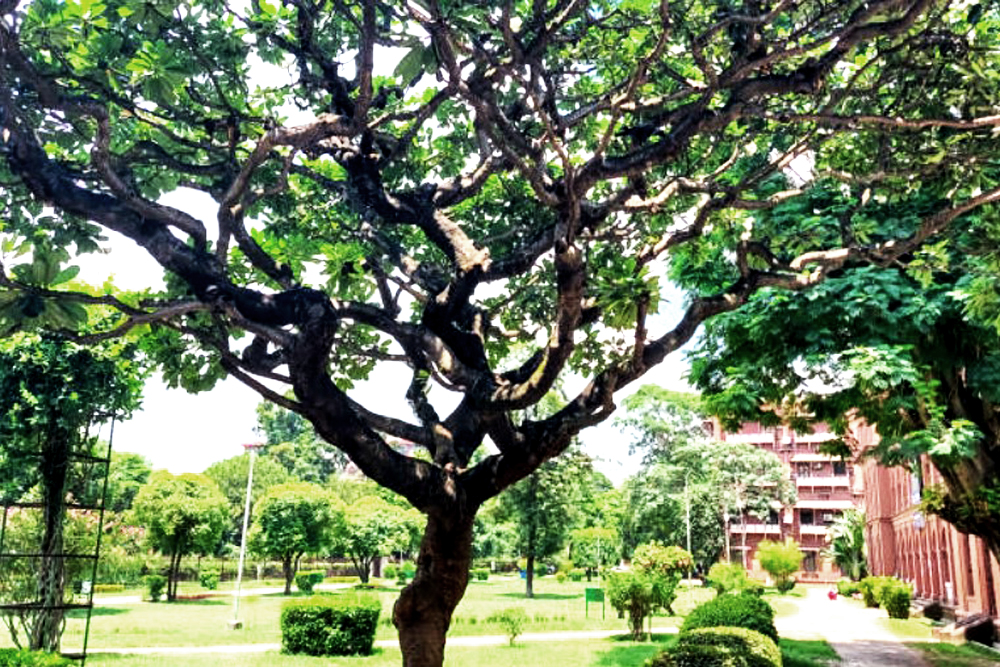
Curzon Hall, located in the heart of Dhaka University’s campus in Bangladesh, is a magnificent architectural landmark. Built in the early 20th century during British rule. It was originally intended to serve as a town hall but later repurposed as a part of the university. Named after Lord Curzon, the then Viceroy of India, it boasts a blend of Mughal and European architectural styles. Characterized by its red brick facade, white pillars, and domed roof. Curzon Hall houses various academic departments and classrooms, serving as a hub for learning and research. Its grandeur and historical significance make it a popular destination for visitors and students alike. Symbolizing the educational heritage of Bangladesh.
Old Dhaka:
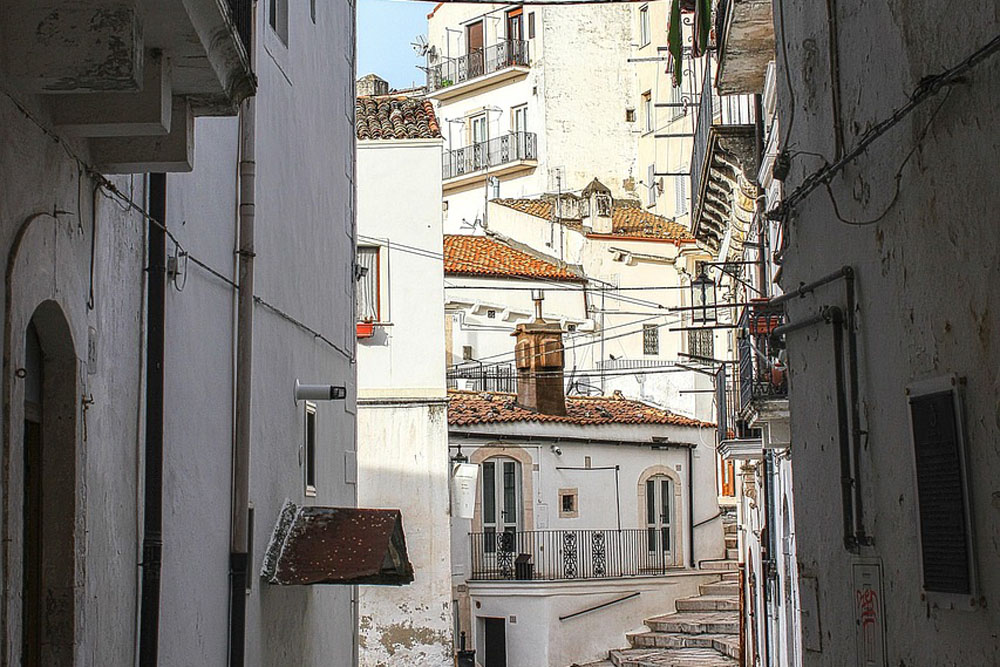
Old Dhaka, located in the heart of the capital city of Bangladesh. It is a vibrant and historically rich area that encapsulates the essence of the city’s heritage. This ancient part of Dhaka, also known as Puran Dhaka, is a maze of narrow streets. Bustling markets, and historic buildings dating back centuries. The area is renowned for its architectural landmarks, including Lalbagh Fort, Ahsan Manzil, and numerous mosques and temples.
Old Dhaka is a melting pot of cultures, with diverse communities coexisting harmoniously. Visitors can explore the colorful chaos of its bustling bazaars. Sampling local delicacies and experiencing the sights and sounds of everyday life in the city. From traditional rickshaw rides through crowded streets to serene boat rides on the Buriganga River. Old Dhaka offers a fascinating glimpse into Bangladesh’s past and present. It remains a vibrant hub of commerce, culture, and heritage, attracting tourists and locals alike.
Liberation War Remnants
Liberation War Museum:
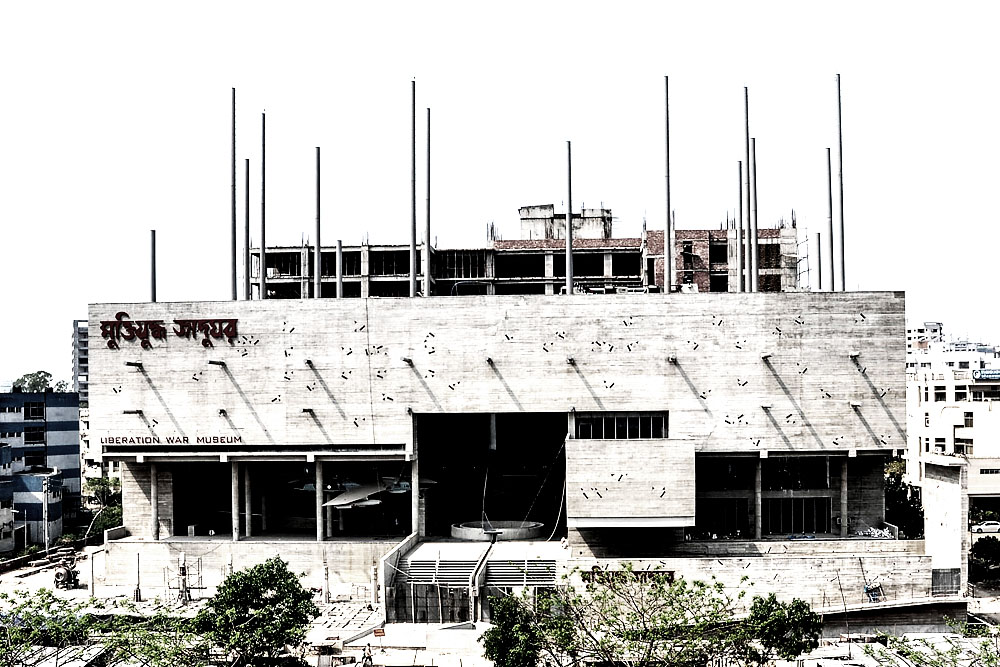
The Liberation War Museum is located in Dhaka, Bangladesh, and serves as a poignant tribute to the country’s struggle for independence. Established in 1996, the museum documents the events leading up to the Bangladesh Liberation War of 1971 and its aftermath. It houses a vast collection of artifacts, photographs, documents, and personal testimonies that highlight the atrocities committed. During the war and celebrate the heroic efforts of those who fought for freedom.
The museum’s exhibits provide visitors with a comprehensive understanding of Bangladesh’s history and the sacrifices made by its people. From displays depicting the war’s political context to exhibitions honoring the martyrs and showcasing their stories. The Liberation War Museum offers a sobering yet inspiring journey through Bangladesh’s quest for liberation. It stands as a testament to the resilience and determination of the Bangladeshi people in their pursuit of justice and freedom.
Martyred Intellectuals Memorial:
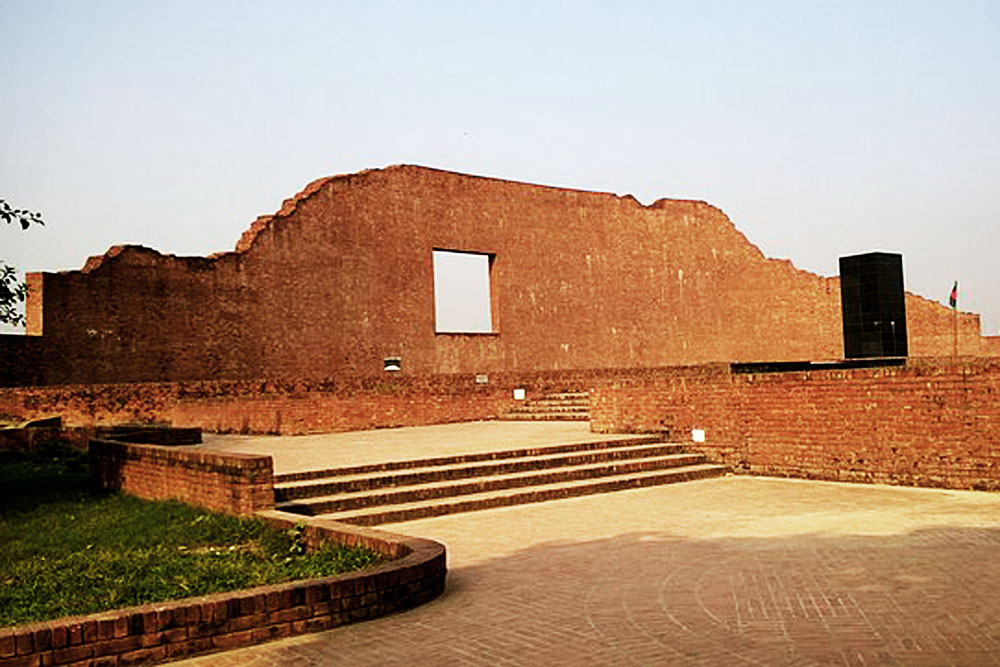
The Martyred Intellectuals Memorial is situated in Rayer Bazar, Dhaka, Bangladesh, commemorating the tragic events of the 1971 Bangladesh Liberation War. Located near the Rayer Bazar Boddhobhumi (mass killing ground), the memorial pays tribute to the intellectuals. Who were brutally murdered by Pakistani forces and their collaborators during the war’s final days. These intellectuals, including writers, academics, journalists, and artists. Were targeted for their role in advocating for independence and upholding the nation’s cultural identity.
The memorial consists of a central monument adorned with a flame symbolizing the eternal flame of knowledge and the sacrifice of the martyred intellectuals. Surrounding the monument are plaques bearing the names of the victims. Serving as a solemn reminder of their contributions and the price they paid for freedom. The Martyred Intellectuals Memorial stands as a solemn reminder of the nation’s commitment to preserving. The memory of those who laid down their lives for Bangladesh’s independence.
Mass Graves and Memorials:
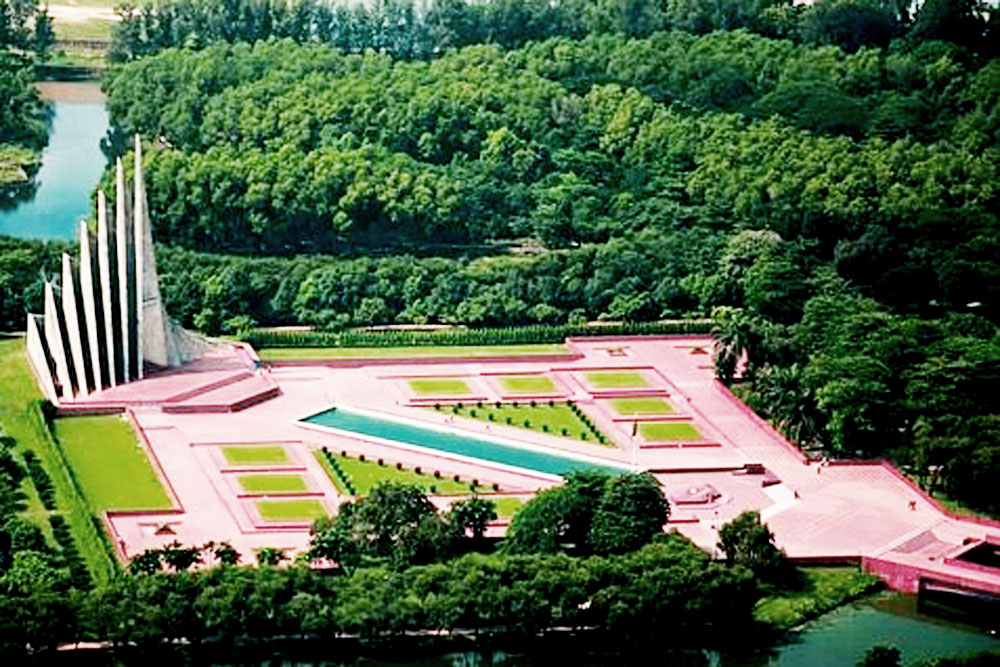
Mass graves and memorials are scattered across Bangladesh, serving as somber reminders of the atrocities committed during the 1971 Bangladesh Liberation War. These sites, located in various regions of the country, hold the remains of countless victims who lost their lives during the conflict. They include victims of mass killings, massacres, and targeted violence perpetrated by Pakistani forces and their collaborators.
These memorials serve as sacred grounds where families and communities gather to honor and remember their loved ones. Many of them feature symbolic elements such as eternal flames, inscriptions, and sculptures representing. The resilience and sacrifice of those who perished. Visitors to these sites can pay their respects, reflect on the nation’s tumultuous past, and renew their commitment to preserving. The memory of the Liberation War and its victims. These mass graves and memorials stand as powerful symbols of remembrance and serve as a testament to Bangladesh’s quest for justice and freedom.
Natural and Cultural Heritage Sites
Sundarbans:
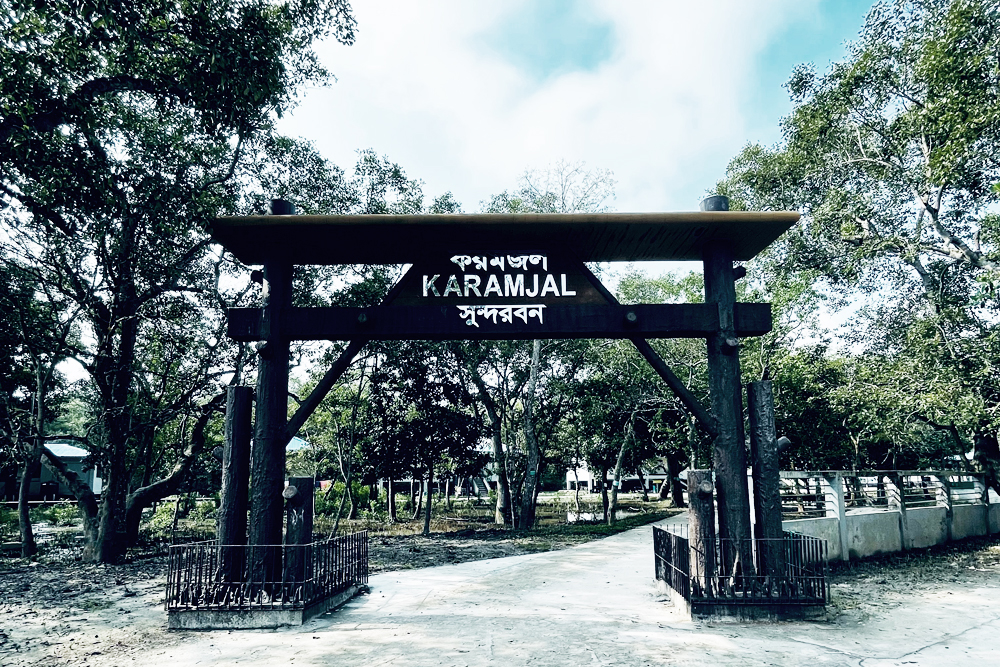
The Sundarbans, located in the southwestern part of Bangladesh. It is the world’s largest mangrove forest and a UNESCO World Heritage Site. Stretching over approximately 10,000 square kilometers, it is a biodiverse ecosystem comprising mangrove forests, tidal rivers, and numerous islands. The Sundarbans is home to a rich array of flora and fauna. Including the iconic Bengal tiger, saltwater crocodile, and various species of birds, reptiles, and mammals.
This unique ecosystem provides vital ecosystem services, including shoreline stabilization, carbon sequestration, and habitat protection. It also supports local communities who depend on its resources for their livelihoods, including fishing and honey collection. The Sundarbans is not only a natural wonder but also a symbol of resilience, adaptation, and the intricate relationship between humans and the environment.
Puthia Temple Complex:
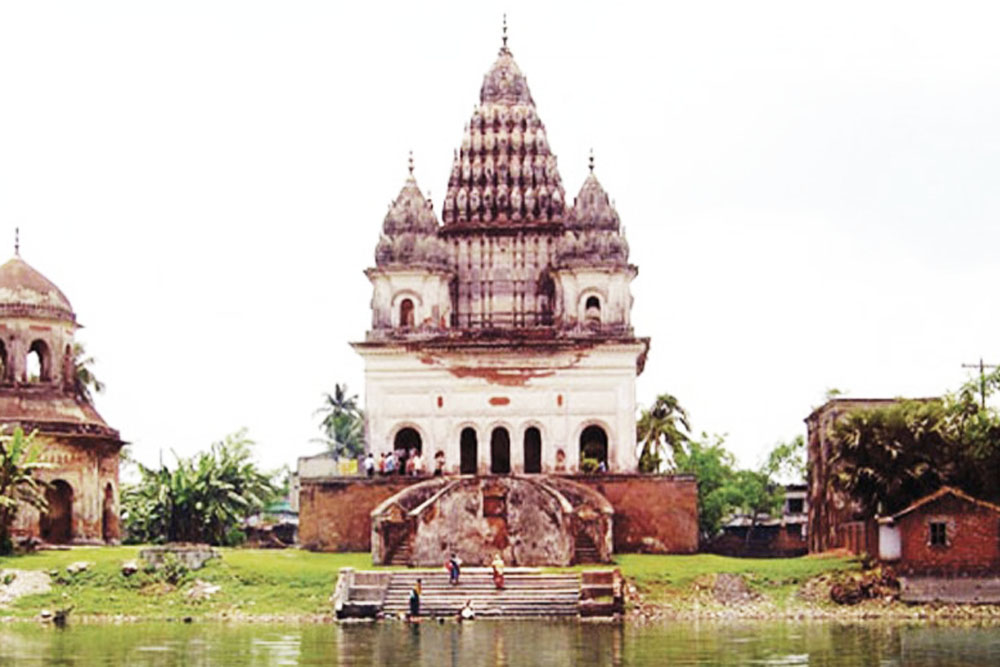
The Puthia Temple Complex is located in the Puthia Upazila of Rajshahi District, Bangladesh. This architectural marvel is renowned for its collection of historic Hindu temples, showcasing exquisite terracotta artwork and intricate architectural details. The complex features a diverse array of temples, including the Govinda Temple, Shiva Temple, and Jagannath Temple. Among others, each boasting unique designs and cultural significance.
Built during the 19th and early 20th centuries by the influential Puthia Zamindars. These temples blend various architectural styles, including Hindu, Islamic, and Neoclassical influences. The intricate terracotta carvings depict scenes from Hindu mythology, everyday life, and historical events. Offering visitors a glimpse into the region’s rich cultural heritage.
The Puthia Temple Complex stands as a testament to Bangladesh’s religious diversity and architectural splendor, attracting tourists, scholars, and devotees from around the world.
Bagerhat:
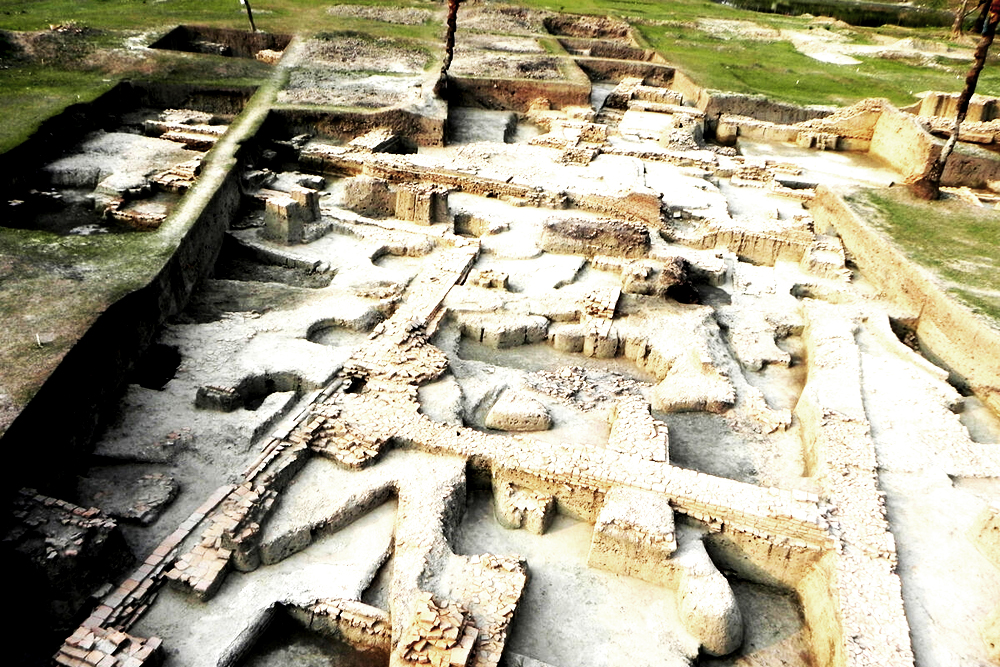
Bagerhat, located in the Khulna Division of Bangladesh, is a historically significant city renowned for its UNESCO World Heritage Site. The Historic Mosque City of Bagerhat. Founded in the 15th century by the Muslim saint Khan Jahan Ali, Bagerhat flourished as a center of Islamic culture and trade during the medieval period. The city is known for its impressive mosques, tombs, and mausoleums. Featuring unique architectural styles influenced by Persian, Turkish, and Bengali designs.
The most iconic landmark of Bagerhat is the Sixty Dome Mosque (Shat Gombuj Masjid). Recognized for its 60 domes and intricate terracotta ornamentation. Other notable attractions include the Tomb of Khan Jahan Ali, Singair Mosque, and the Ghora Dighi lake. Bagerhat’s rich historical and architectural heritage makes it a must-visit destination for travelers interested in exploring Bangladesh’s cultural legacy.
Here we have another article on the most beautiful places in Bangladesh.
Conclusion
In conclusion, our exploration of Bangladesh’s diverse historical sites has revealed the rich tapestry of the nation’s past. From the ancient ruins of Paharpur to the grandeur of Lalbagh Fort and the architectural marvels of Bagerhat. Each site offers a unique glimpse into Bangladesh’s cultural heritage. It is imperative to preserve and promote these historical treasures. Not only for their intrinsic value but also for the insights they provide into the country’s rich history and identity. By safeguarding these sites, we ensure that future generations can continue to appreciate and learn from them. I strongly encourage travelers to embark on their own journey through Bangladesh’s history. Exploring these sites and delving into the fascinating stories that have shaped the nation.
